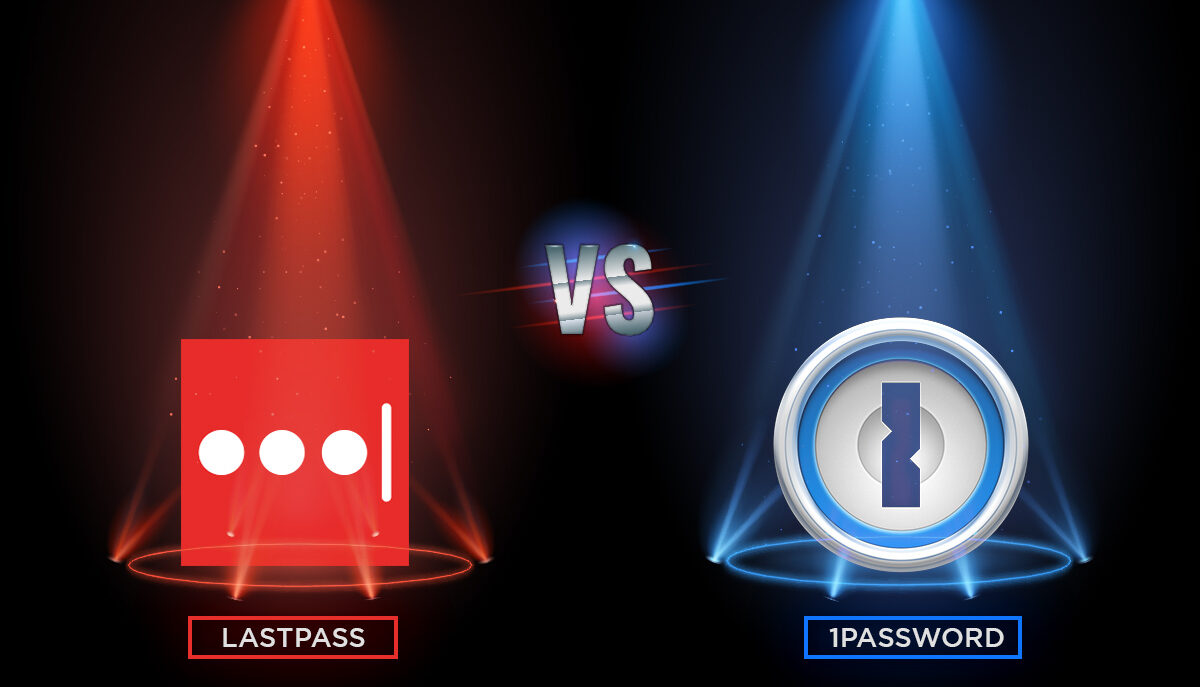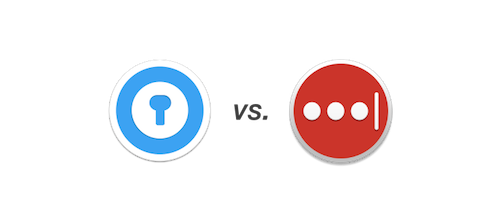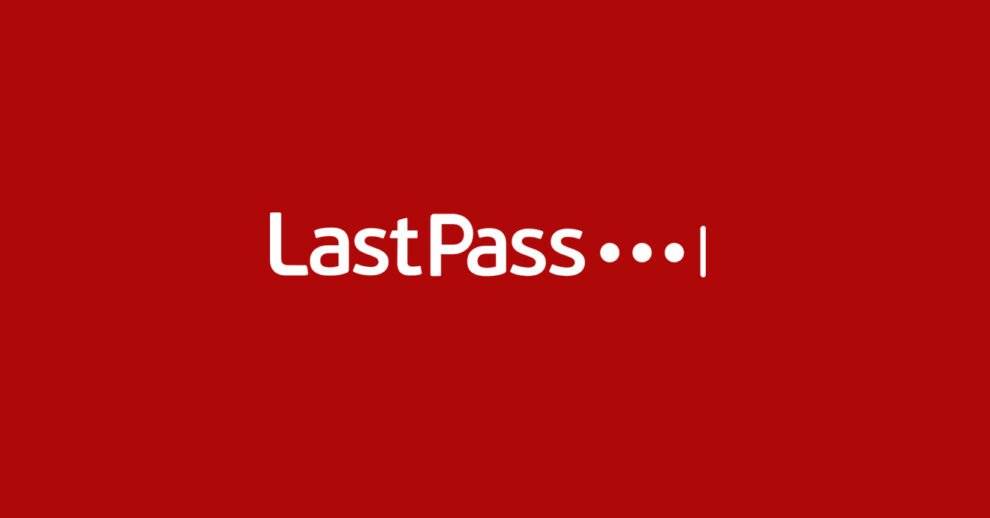

- Lastpass vs enpass for free#
- Lastpass vs enpass code#
- Lastpass vs enpass password#
- Lastpass vs enpass license#
KeePass and LastPass don’t store your account master access codes online. When it comes to security, KeePass and LastPass are about the same. Multifactor authentication (MFA), which requires users to prove who they are in two or more steps, gives KeePass and LastPass users more security.
Lastpass vs enpass code#
Must Read: Code vs Goggle Docs: which is best option for productivity? AES 256-bit encryption, which is used by both KeePass and LastPass, is widely thought to be the best way to protect data.
Lastpass vs enpass password#
You want to be sure that your login information and private records will be safe when you choose a password management solution. True to what he said, users have said that they run into problems when they store bigger files. In theory, that sounds great, but the provider is not clear about how much it can do.īut KeePass’s creator, Dominic Reichl, did say that it wasn’t made to store large attachments and that the largest file it can hold is about 4GB. The Attachments section of KeePass, on the other hand, lets you store documents, text files, and images. It might be enough for simple documents, but it’s way too small for things that need a lot of resources. Most file types can be used with this feature, but each file must be smaller than 50MB. With Dashlane, all plans include 1GB of encrypted document storage and Secure Notes. You can also easily import your login information from websites and apps with LastPass. LastPass is a bit better than KeePass in this area because it automatically finds your browser, which makes the setup process go faster. If you use more than one platform or device, you can download LastPass for each of them. Once you have an account, you’ll be asked to download the version of LastPass that works with your device or browser. You only need to go to the LastPass website and start the signup process to make an account.

LastPass gets high marks for its ease of use and how well it works because it is easy to set up and use. KeePass is hard to learn, but it does a good job of keeping sensitive information safe, so it’s worth your time to find out what it can do. This gives you more control over how the interface works than LastPass. Compared to LastPass, KeePass’s user interface is not as advanced, but it does let you choose a banner style for dialog boxes. KeePass is hard to use if you aren’t used to working with open-source programs. The Business plan, which costs $6 per month per user, is the only option for teams with more than 10 people. Each user on the Teams plan costs $4 per month. The LastPass Teams plan is made for companies with 50 employees or less. The Families plan also gives you a dashboard for managing your family and lets you share as many folders as you want.
Lastpass vs enpass license#
The Families plan, which costs only $4 per month and supports up to six licenses, is a great deal because each license comes with its own password vault. The Premium plan, which costs $3 per month, is best for single users. All paid LastPass plans allow access from more than one device. This means that you can’t access your password vault on both your desktop and your phone. The biggest problem with the free version of LastPass is that it only works on one device. Prices range from $0 to $6 per user per month, and you pay for it all at once. There are five plans for LastPass: Free, Premium, Families, Teams, and Business.
Lastpass vs enpass for free#
KeePass vs Dashlane Plans and PricingĮveryone can use KeePass for free at any time. It has a feature called “autotype,” which basically takes note of what you type and then uses that to log you into any website. Enpass also fills in your passwords for you, but it does so in a slightly different way than most other programs. You can even use high ANSI characters to make passwords. You can select which character set to use in the password generator, which can create passwords with up to 30,000 characters. KeePass is a versatile and effective tool that makes up for its dated appearance.

It is a free, open-source program that has the capacity to safely store an infinite number of credentials.


 0 kommentar(er)
0 kommentar(er)
